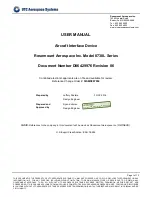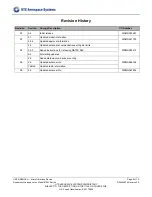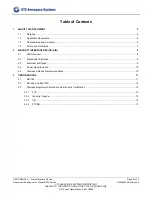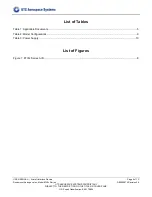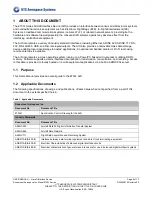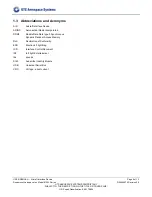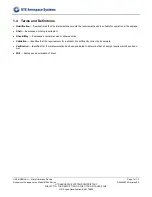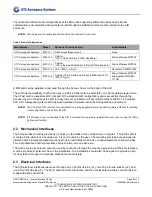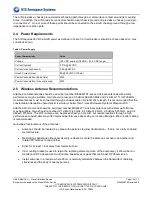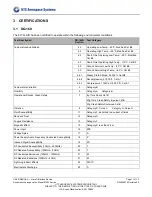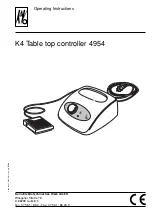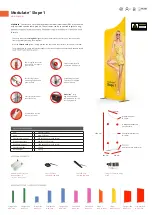
USER MANUAL
— Aircraft Interface Device
Page 12 of 13
Rosemount Aerospace Inc. Model 8730L Series
D06429976 Revision 06
UTC AEROSPACE SYSTEMS PROPRIETARY
SUBJECT TO THE RESTRICTION ON THE TITLE OR COVER PAGE.
U.S. Export Classification: EAR: 7E994
3.2 DO-254 and DO-178C
The AID is developed in accordance with Design Assurance Level E per RTCA/DO-254 and DO-178C.
3.3 Wireless Regulatory Compliance And Industry Certification
The AID has the following regulatory and industry approvals.
3.3.1
FCC
This device complies with Part 15 of the FCC Rules. Operation is subject to the following two conditions: (1) this
device may not cause harmful interference, and (2) this device must accept any interference received, including
interference that may cause undesired operation.
Consult the SCD 8730L1 for model-specific FCC ID numbers.
3.3.2
Industry Canada
This device complies with Industry Canada licence-exempt RSS standard(s). Operation is subject to the following
two conditions:
(1) this device may not cause interference, and
(2) this device must accept any interference, including interference that may cause undesired operation of
the device.
Le présent appareil est conforme aux CNR d'Industrie Canada applicables aux appareils radio exempts de
licence. L'exploitation est autorisée aux deux conditions suivantes :
(1) l'appareil ne doit pas produire de brouillage, et
(2) l'utilisateur de l'appareil doit accepter tout brouillage radioélectrique subi, même si le brouillage est
susceptible d'en compromettre le fonctionnement.
Under Industry Canada regulations, this radio transmitter may only operate using an antenna of a type and
maximum (or lesser) gain approved for the transmitter by Industry Canada. To reduce potential radio interference
to other users, the antenna type and its gain should be so chosen that the equivalent isotropically radiated power
(e.i.r.p.) is not more than that necessary for successful communication.
Conformément à la réglementation d'Industrie Canada, le présent émetteur radio peut fonctionner avec une
antenne d'un type et d'un gain maximal (ou inférieur) approuvé pour l'émetteur par Industrie Canada. Dans le but
de réduire les risques de brouillage radioélectrique à l'intention des autres utilisateurs, il faut choisir le type
d'antenne et son gain de sorte que la puissance isotrope rayonnée équivalente (p.i.r.e.) ne dépasse pas l'intensité
nécessaire à l'établissement d'une communication satisfaisante.
Consult the SCD 8730L1 for model-specific IC ID numbers.

